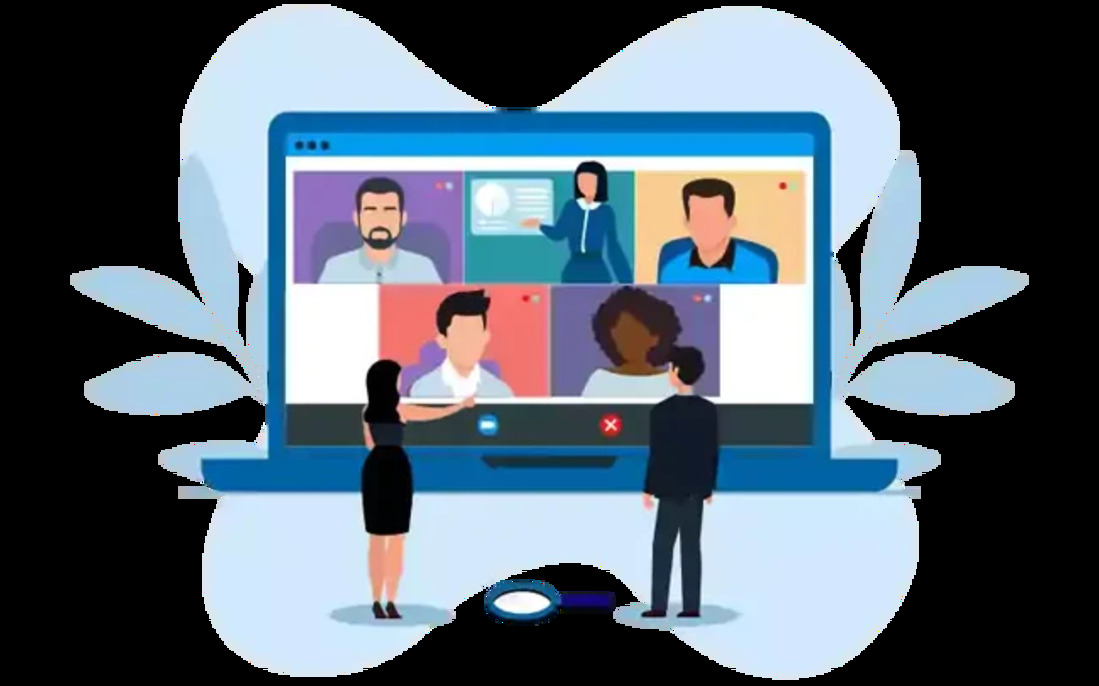Webinars have become a powerful tool in modern marketing and education strategies - offering real-time engagement, audience insights, and brand visibility. But the real value of a webinar often begins after the live event ends. Instead of letting that high-quality content fade into obscurity, savvy marketers and content teams are repurposing webinars into evergreen assets that continuously attract, educate, and convert audiences over time.
Here's how you can transform your webinar content into a multi-channel content engine — and why doing so is a must for maximizing ROI.
Why Repurposing Matters
Creating a webinar takes time and resources. From developing the topic and securing speakers to promoting the event and hosting the session, it's a significant investment. But unlike one-off events, webinars contain rich content that can live on in many forms — provided it's repackaged effectively.
Repurposing helps:
- Extend the life of your content
- Reach new audiences across different formats
- Improve SEO performance
- Support multiple stages of the buyer journey
- Generate leads long after the event ends
It's a smart way to work more efficiently - leveraging one core piece of content into a stream of valuable outputs.
Tactics for Repurposing Webinar Content
Let's explore some of the most effective ways to breathe new life into your webinar content:
1. Blog Posts
Webinars often cover complex topics in depth, which means they're perfect for breaking down into blog posts. You can:
- Create a summary post with key takeaways.
- Develop a series of blog articles , each tackling a sub-topic or specific question from the webinar.
- Use quotes or soundbites from speakers to add authority and context.
These blog posts can be optimized with keywords to improve your SEO visibility and drive organic traffic long after the live event.
2. Micro-Videos for Social Media
Video snippets are excellent for catching attention on platforms like LinkedIn, Instagram, and X (formerly Twitter). Extract short 30–90 second clips featuring:
- Insightful Answers
- Bold claims or stats
- Speaker highlights
Pair them with subtitles and a clear CTA, and you've got highly engaging social content that builds interest and drives people back to the full recording or related resources.
3. Email Series
Turn your webinar into a multi-part email series. For example:
- Email 1: Key insights or highlights
- Email 2: A deep dive into a specific pain point
- Email 3: A success story or use case
- Email 4: Call to action – download the full recording or related eBook
This approach is ideal for nurturing leads and keeping your brand top of mind without having to start from scratch.
4. Gated Resources
A full webinar recording, transcript, or downloadable summary can be used as a lead magnet . Gate it behind a simple form on your website and offer it to:
- Visitors who missed the live event
- People interested in similar topics
- Segments within your email list
You can also package the content into a downloadable guide or playbook that delivers high perceived value.
5. Slide Deck and Infographics
If your webinar included slides or data visuals, you already have the foundation for:
- An infographic summarizing key stats
- A SlideShare-style deck that can be embedded or shared on LinkedIn
- Visual assets to support other blog or social content
Design-friendly assets make your webinar content more accessible and shareable across platforms.
Final Thoughts
Repurposing webinars into evergreen content is more than a trend — it's a strategic necessity. As audiences crave more value and personalization, giving your content multiple touchpoints ensures it works harder for your brand.
By building a content repurposing workflow into your webinar strategy, you not only stretch your marketing investment but also create a consistent stream of high-quality, audience-relevant content.
In a world where content is everywhere but attention is limited, repurposing is the key to remaining relevant and resourceful.
Read More: https://intentamplify.com
